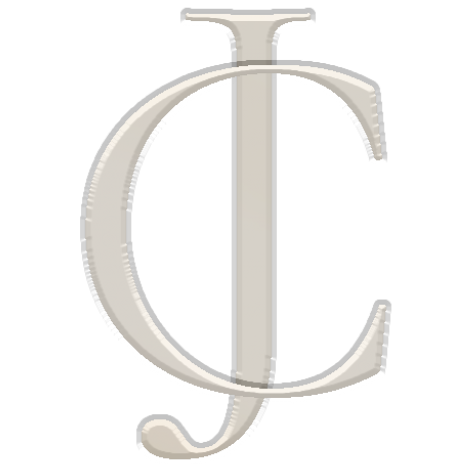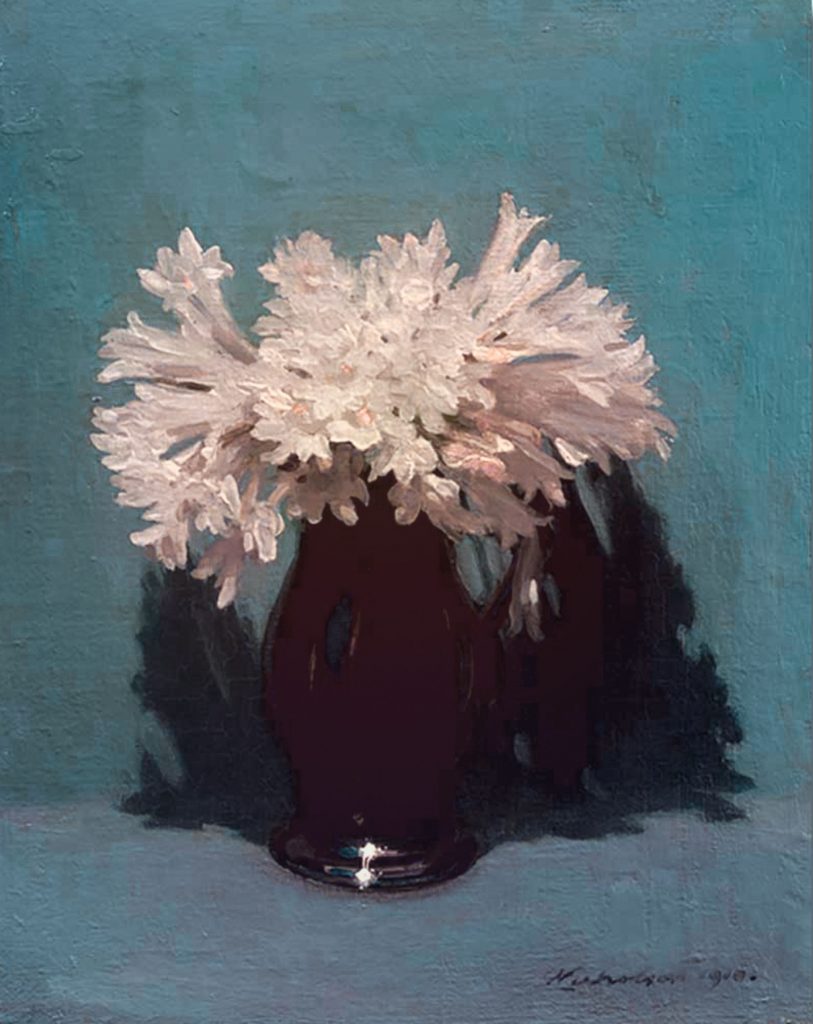Joanna Coryndon
Visual Arts Translation & Editing
Services
I provide specialist French-to-English translation and editorial services for visual arts professionals. I have over ten years’ experience and a client portfolio of art book publishers, museum curators, academics and art consultants. I am driven by the conviction that art can create beauty, meaning and hope. My aim is to contribute to contemporary art writing with translated and edited prose of genuine quality.
Clients Include
Anaïs Lellouche, Collaborations with Visionary Artists, Collectors and Communities, London
Éditions Mare & Martin, Paris
Musée Barbier-Mueller, Geneva
Musée des Beaux-Arts de Bordeaux
Musée des Beaux-Arts de Rennes
Musée du Quai Branly-Jacques Chirac, Paris
Snoeck Publishers, Ghent / Louvre Abu Dhabi / Bibliothèque nationale de France / France Muséums
Université de Caen (CRAHAM)
Université Rennes 2 / Éditions Le Manuscrit, Paris
Institut Européen d’Histoire et des Cultures de l’Alimentation (IEHCA), Tours
West 86th: A Journal of Decorative Arts, Design History, and Material Culture, Bard Graduate Center, New York
French into English Translation
A good translation depends on three key criteria: a culturally informed understanding of the source language; an ability to write with fluency and flair in the target language; and mastery of the subject.
To these, I can add the value of focus and experience: I translate exclusively from French into English and have chosen to confine my work to one specialism – art.
My belief is that a translation should mould itself as closely as possible to the original. It should not, however, be a struggle to read. To produce a faithful translation in natural English often creates a conflict for the translator. Finding elegant, concise solutions when the two languages diverge requires walking a lexical, grammatical, syntactical tightrope. Ultimately, I want the francophone author to feel their writing has been honoured and the anglophone reader to forget they are reading a translation, retaining only a pleasurable awareness that the text was written from another cultural perspective.
French into English Translation Revision
Even the best translators can let typos slip in, drop words or even sentences, or cling myopically to a misunderstanding. This is where the reviser’s second pair of eyes comes in.
When I am asked to revise a translation, I apply the same approach as I do to my own translations, but my job here is to compare the English (target) text, translated by a third party, with the French (source) text line by line.
Beyond the standard checks (spelling, punctuation, figures, etc.), I will also look for source language interference, mistranslations, additions, omissions, contradictions and inconsistencies. Where I feel the translation is too literal, I will make it idiomatic; where it strays too far from the source, I’ll tweak it back. I am vigilant, in myself and in others, for over-subjective interpretations that distort the author’s intention.
Depending on the project, translation revision and English language copy-editing can overlap to a large degree.
Copy-editing
I copy-edit texts written directly in English and translations.
A pivotal stage in the publishing process, copy-editing involves checking the author’s text (their ‘copy’, in its original or translated form) sentence by sentence and marking up any amendments.
It is important that the level of copy-editing intervention is agreed in advance as this will vary according to the text, and the time and budget available. A ‘light’ copy-edit can cover document styling, spelling, grammar, punctuation, syntax, obvious repetitions and inconsistences, and the application of a house style and/or the editorial conventions commonly used in the UK or the US*. An in-depth copy-edit goes further, looking at structure and the logical sequence of ideas, clarity and readability, rhythm and flow. It will also cover register appropriateness, discriminatory language, parochialisms, and plagiarism. References and stylistic consistency will be checked, along with anything else that could undermine the author’s credibility.
*Primary references are New Hart’s Rules (Oxford), Butcher’s Copy-editing (Cambridge) or the Chicago Manual of Style.
Proofreading
Proofreading, a quality check of the typeset proofs – usually using PDF markup tools – happens right at the end of the process before the text goes to print or online.
My focus at this stage is on picking up literal errors and layout oversights (formatting, alignment and spacing, end-of-line word breaks, pagination, contents and headings will all be checked).
Professionalisation
I regularly attend continuing professional development courses and events. For 2023, I am a student at the École de Traduction Littéraire (ETL) (School of Literary Translation). I am also a member of the following organisations:
Association des Correcteurs de Langue Française (ACLF)
Chartered Institute of Editing and Proofreading (CIEP)
Institute of Translation and Interpreting (ITI)
Société Française des Traducteurs (SFT)
I read widely around my subject in both languages and regularly visit museums, exhibitions, galleries and fairs in France and the UK. I also subscribe to art publications and newsletters, and follow institutions on social media to stay up to date with art world developments. This ensures I have the correct, contemporary terminology at my fingertips and am familiar with the styles and editorial conventions used by publishers, curators, critics, journalists and scholars.
Working in Tandem
I am lucky enough to work on a regular basis with three highly proficient language professionals: Sarah Kane, Florence Morel and Barbara Vial. Sarah is a British copy-editor and translator who also specialises in the visual arts (MA Courtauld Institute of Art). Please contact me for Sarah’s email address. Florence is a French copy-editor and proofreader, while Barbara – a current ETL student – is my translation counterpart, working from English into French.
All three are experienced freelancers, share my interest and values and work to an exceptionally high standard.
About Me
I used to think I found translation – or translation found me – by chance. Now I realise there was nothing coincidental about it …
Get in Touch
Telephone
+33 (0)7 80 04 62 83
© Joanna Coryndon 2023 Design: Sitelines Studio
All graphics are based on paintings by Sir William Nicholson (1872-1949)

